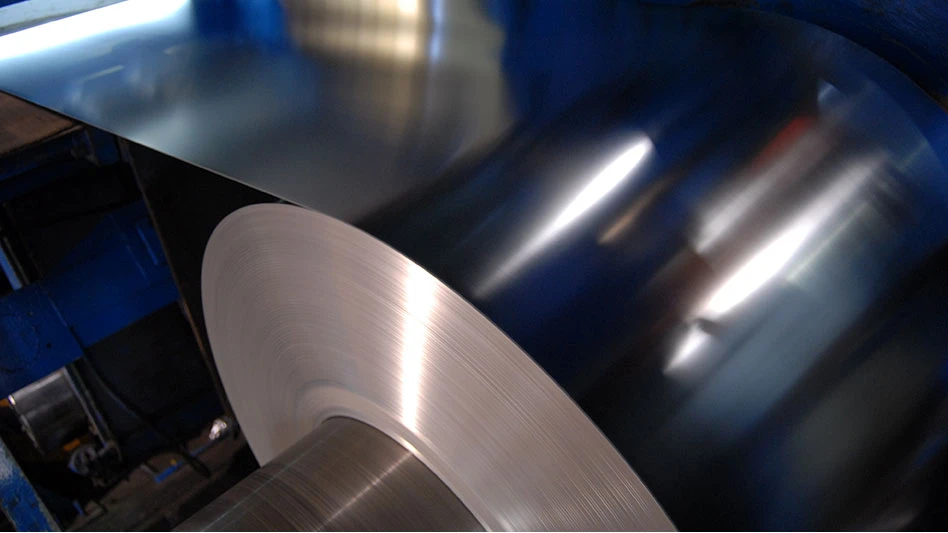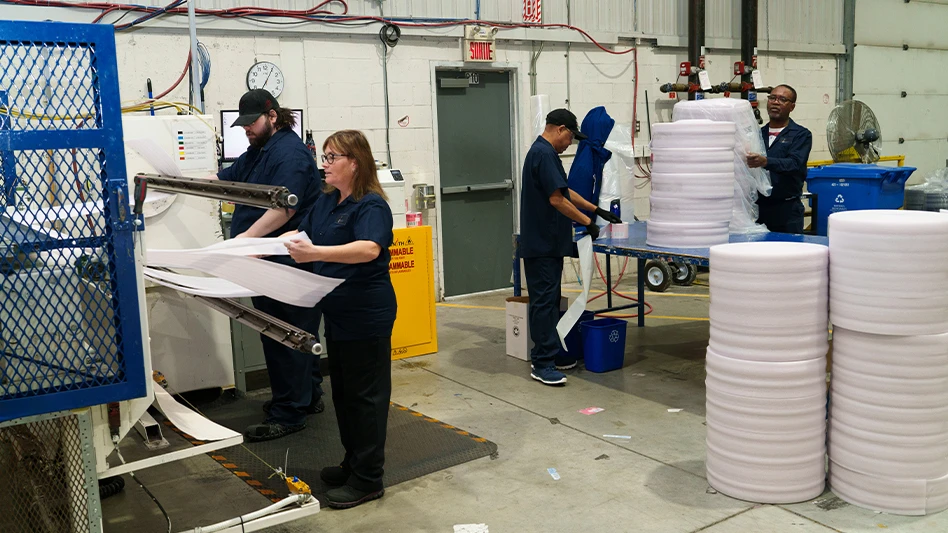PROMPT ATTENTION
In a market where grades of ferrous scrap had been moving roughly in concert (mostly up) this year, May buying patterns marked a sharp change.
Spot buyers in May were able to buy shredded scrap and No.1 heavy melting scrap (HMS) for about the same price as 30 days earlier. Prompt industrial grades, on the other hand, jumped another $100 or more.
While shredded scrap and No. 1 HMS traded at levels ranging from $1 to $22 per ton more than the month before, spot buyers of prompt grades paid an average of $102 to $124 per ton more. Regional aggregated spot market prices compiled by Management Science Associates (MSA), Pittsburgh, through its Raw Material Data Aggregation Service (RMDAS), show mills paid in a range of from $678 to $720 per ton for the new production scrap used to define the RMDAS prompt industrial composite grade.
Regionally, mill buyers in the North Central/East region (which includes the Northeastern United States as well as Ohio and most of Indiana) faced the highest prices, with mills paying an average of $720 per ton for prompt industrial grades and $517 per ton for No. 1 HMS.
Despite the enormous leap in the value of prompt grades, buyers in the RMDAS North Midwest region actually paid $3 per ton less on average for shredded scrap.
Speculation about the huge disparity has centered on stagnant industrial scrap production, particularly in the Midwest, where both the automotive and home appliance industries are generating less scrap.
Shredder operators and recyclers with considerable peddler trade continue to report healthy scrap flows, as attractive scale prices continue to bring in obsolete vehicles, contractor scrap and other inbound retail material. "The shredder feed is just overwhelming," says one Midwestern recycler, "and cut grades are just overwhelming. People are digging things out of the ground; metal desks in people’s offices are being scrapped; it doesn’t stop coming."
But the same processors serving peddlers waiting two hours to sell their scrap are not seeing similar flows from industrial customers. "Higher prices have not changed the flow on the prompt scrap side," says the recycler.
The Midwest auto industry has been hit particularly hard by a continued shift away from the SUVs and passenger trucks produced there in favor of smaller cars with better fuel economy.
Statistics reported by the Federal Reserve Bank showed a 0.8 percent drop in American industrial production in April, with factories, utilities and mines overall operating at less than 80 percent of capacity for the first time since just after Hurricane Katrina in the summer of 2005.
A combination of declining demand for American-branded vehicles and a (now settled) strike at tier-one supplier American Axle has caused the auto industry to be a big part of the problem. American assembly plants may produce fewer than 15 million vehicles this year, down from about 17 million earlier this decade. One possible silver lining is that inventory levels at dealerships have finally started to drop.
Also contributing to a lack of prompt scrap, makers of large home appliances with production facilities in states like Ohio, Indiana and Michigan have slowed production in response to the stagnant national market for new homes.
The housing news for April was mixed. Apartment unit construction has revived, which should be good for appliance makers. But builders of single-family homes have not regained steam, with April single-family home starts reaching a low not seen since January 1991.
While prompt scrap supplies are low in the United States, demand for scrap remains strong. Domestic steelmakers have been producing more than 2.1 million tons of steel per week in May, according to the American Iron and Steel Institute (AISI).
That figure means steelmakers are churning out product at nearly 90 percent of capacity, according to the AISI. That represents a much stronger rate than one year ago, when mills were operating at closer to 85 percent capacity.
The global steelmaking pace also remains hectic, with the International Iron and Steel Institute reporting a 5.7 percent increase in global steel production for the first four months of 2008 versus the same period last year.
Beyond economic conditions, some scrap buyers and sellers are also anxious to see if the presence of steelmakers Nucor and Steel Dynamics is affecting the spot market. Independent recyclers contacted remain convinced that the market will continue to have a place for them and that mill-owned scrap subsidiaries will need to buy and sell material at market rates to compete.
(Additional news about ferrous scrap, including breaking news and consuming industry reports, is available online at www.RecyclingToday.com.)

Explore the June 2008 Issue
Check out more from this issue and find your next story to read.
Latest from Recycling Today
- Nucor names new president
- DOE rare earths funding is open to recyclers
- Design for Recycling Resolution introduced
- PetStar PET recycling plant expands
- Iron Bull addresses scrap handling needs with custom hoppers
- REgroup, CP Group to build advanced MRF in Nova Scotia
- Oregon county expands options for hard-to-recycling items
- Flexible plastic packaging initiative launches in Canada





